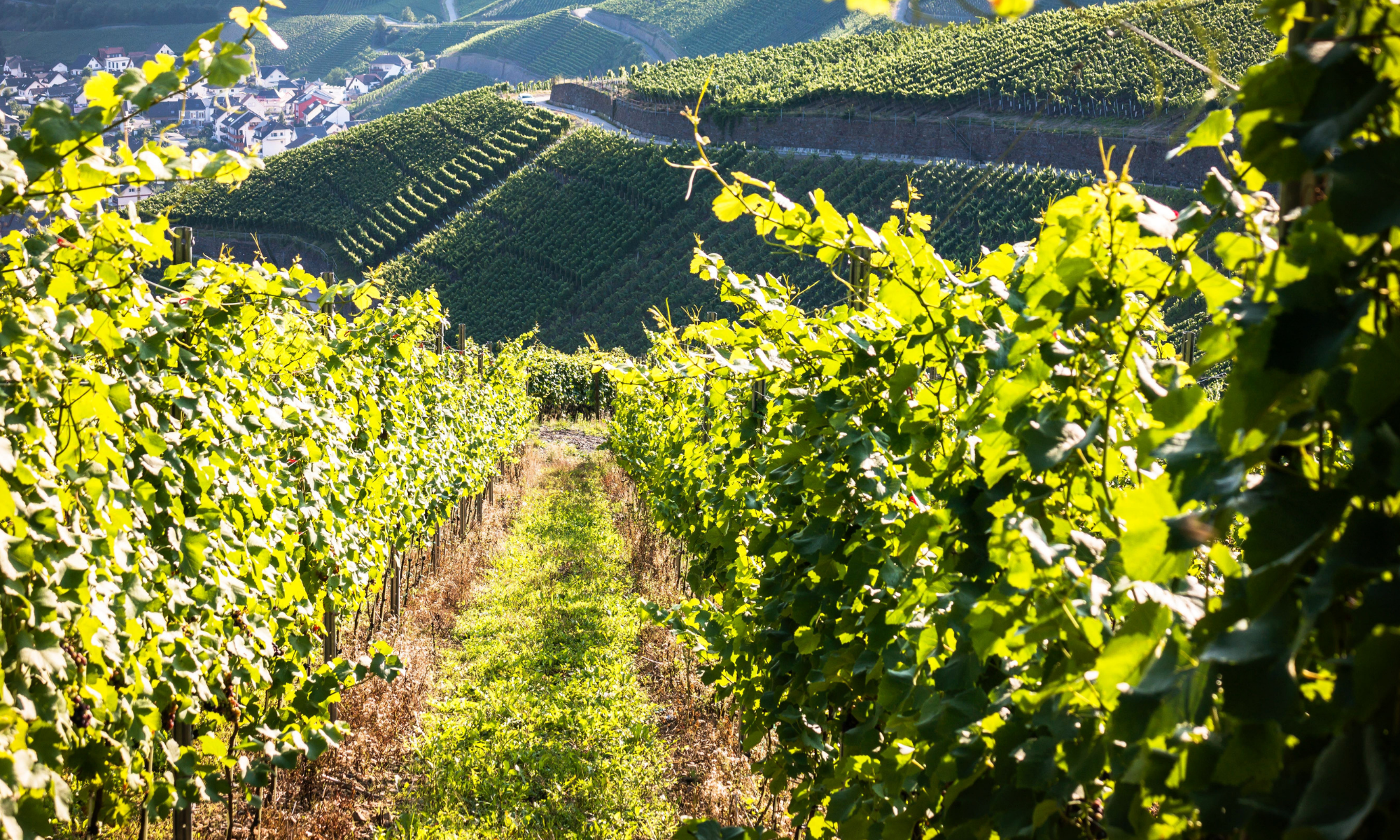
Like a Lizard
by April Pulley Sayre; illus. by Stephanie Laberis
32 Pages; ages 4-8
Boyds Mills Press, 2019
Can you run like a lizard? Sun like a lizard?
What about doing pushups? Or dashing across water like a lizard? If you could live like a lizard, you’d have lots of choices about how to behave. That’s because there are about 6300 kinds of lizards living on Earth, and each of them is adapted to its habitat in certain ways. April Pulley Sayre presents an inside look at how 28 lizards make their living.
What I like about this book: I love that each page asks the reader to compare their life with that of a lizard – and each page features specific lizards doing their thing. Like frill-necked lizards showing off their collars, and geckos climbing twigs. I like the bright and realistic illustrations – I never knew about some of these lizards! And I like the back matter, where lizard secrets are revealed. Most of all, I like April’s message that lizards and people can live together in harmony.
Head over to Archimedes Notebook for a book about crocodiles and some beyond-the-books activities.

It’s STEM Friday! (STEM is Science, Technology, Engineering, and Mathematics)
Copyright © 2019 Sue Heavenrich All Rights Reserved.


 Do flowers talk? And if they do, can we hear them? Sara Levine addresses these – and more questions – in her new book.
Do flowers talk? And if they do, can we hear them? Sara Levine addresses these – and more questions – in her new book.



 Spot, Spike, Spiral (Board book)
Spot, Spike, Spiral (Board book) The Moonflower is back in print, newly revised, and as gorgeous as ever.
The Moonflower is back in print, newly revised, and as gorgeous as ever.
 Seashells: More Than A Home
Seashells: More Than A Home